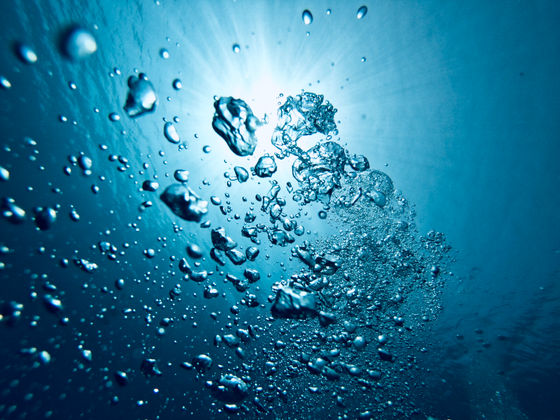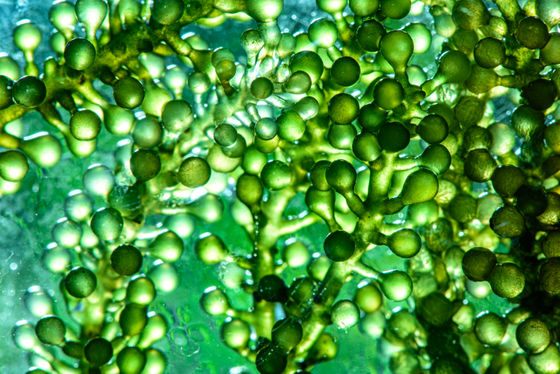Is it possible to find life outside of planets in space?

Since Earth is the only planet where life has been confirmed in the universe, efforts to search for life have been focused on finding planets in
Self-Sustaining Living Habitats in Extraterrestrial Environments | Astrobiology
https://www.liebertpub.com/doi/10.1089/ast.2024.0080
Does Life Really Need Planets? Maybe Not - Universe Today
https://www.universetoday.com/170063/does-life-really-need-planets-maybe-not/
In a paper published in the academic journal Astrobiology on December 16, 2024, Professor Robin Wordsworth, a planetary scientist at Harvard University, and Professor Charles Cockell, an astrobiologist at the University of Edinburgh, explored whether the conditions necessary for life to persist on planets other than our own could ever be met.
Life on Earth is possible only because of liquid water and a thick atmosphere that provides protection from harmful radiation. It also requires the right temperature and pressure to keep the water from freezing or evaporating.

While it's difficult to find places with all these conditions outside of planets or moons, Wordsworth and his team believe it's entirely possible that life could create such an environment in space.
For example,
It turns out that microorganisms can survive for long periods in outer space, which could provide strong evidence for the theory that 'life came from space' - GIGAZINE

Liquid Water
When considering whether there is water in space, scientists consider the triple point .
The triple point of water is the temperature and pressure at which the three phases of water - steam, water, and ice - coexist, specifically a temperature of 0.01°C (273.16K) and a pressure of 611.6 Pa. This condition is the minimum pressure at which liquid water can exist, so if the temperature is between 15 and 25°C, the pressure required to maintain liquid water will increase to several kPa.
For example, photosynthetic cyanobacteria can grow at 10 kPa if the light, temperature, and other conditions are right, but the question is whether the organism can create an enclosed space where 10 kPa can be maintained.
In fact, this problem has already been solved, as Wordsworth and his colleagues point out in their paper: 'Internal pressure differences of around 10 kPa are easily maintained by biological materials and are in fact common in terrestrial macroorganisms. For example, the difference in blood pressure from head to foot in a 150-centimeter tall human is about 15 kPa.'

Temperature
The next thing to consider is temperature: the greenhouse effect of Earth's atmosphere keeps the environment warmer than the frigid cold of space, but the same is not true for small, rocky comets.
So Wordsworth and his team turned their attention to solid insulating materials such as
'Given this, it seems quite possible that we could produce highly insulating materials artificially, or even biologically, from biological sources,' Wordsworth and his colleagues wrote in their paper.
According to Wadsworth's calculations, if a greenhouse were made of a highly insulating material like aerogel, it would be possible to maintain a temperature of about 288 K (about 15 °C).
The image below shows the 'aerogel habitat,' with a spherical one on the left and a type with windows on the right. The blue represents a semi-transparent greenhouse material a few centimeters thick, and the grey represents a thick, opaque, insulating material.

by Wordsworth and Cockell, 2024
Just as plant cells on Earth form sturdy walls, Wordsworth and his team believe it's not impossible for creatures to form walls out of biological materials to secure their habitats in space.
◆Other elements
In addition, measures against harmful radiation are necessary, but organisms on Earth have evolved to be able to receive the visible light necessary for photosynthesis while suppressing the effects of ultraviolet light. Also, if there is an ecosystem that breaks down metabolic products, it may be possible for nutrient circulation like on Earth to occur in a closed-loop ecosystem in space.
Based on these points, Wordsworth and his colleagues concluded that it is possible for life to exist in extraterrestrial space, which can maintain all the conditions necessary for it to survive. They went on to say, 'The evolution of life in space may take a completely different path than on Earth, so there may be habitats other than traditionally habitable planets orbiting stars where rare and potentially detectable biosignatures could be found.'
Related Posts:







